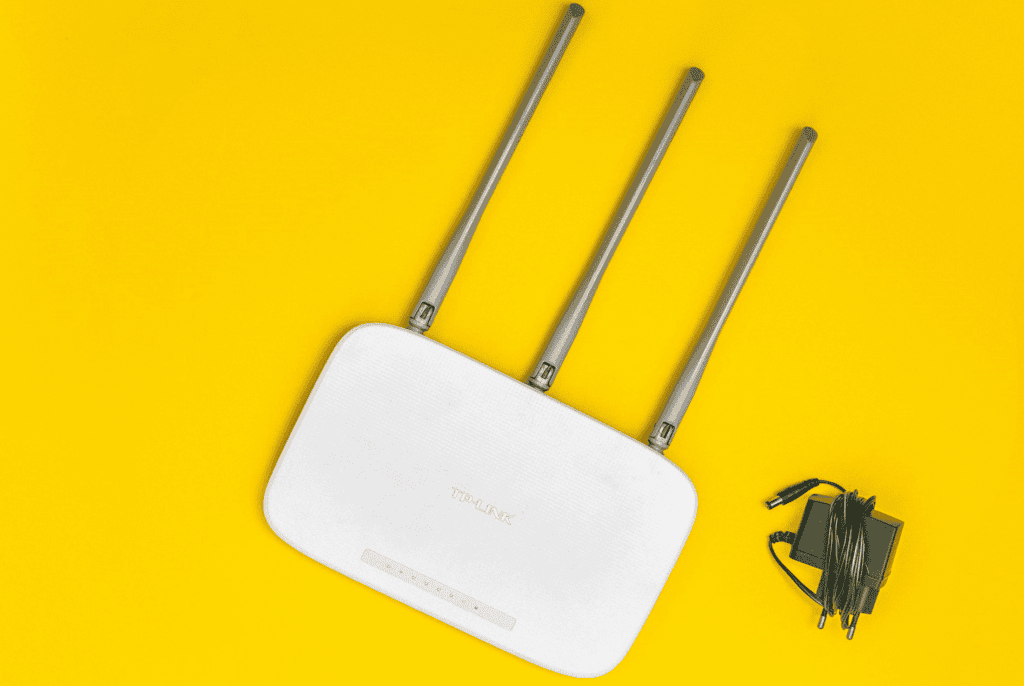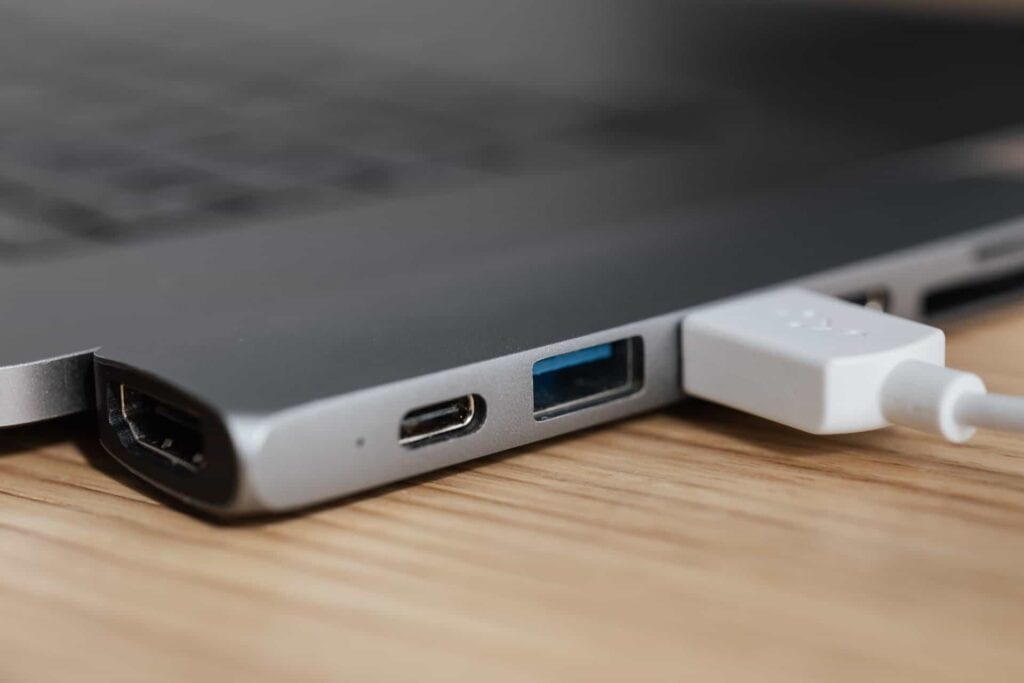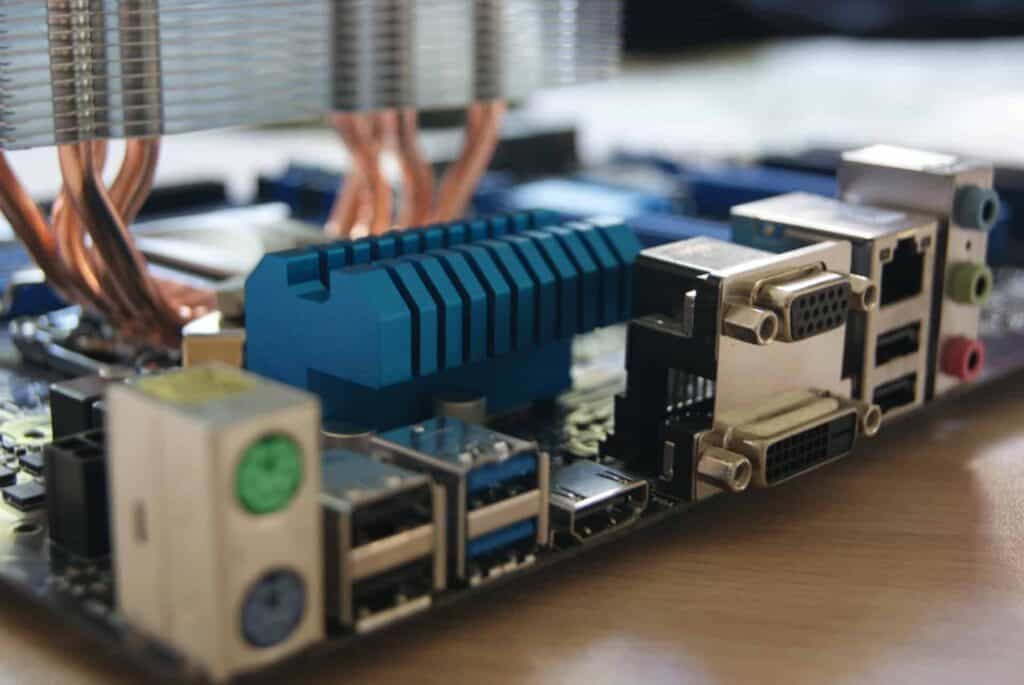Integers and their properties
Integers are the set of whole numbers and their negative counterparts. They are denoted by the symbol “Z” and are used to represent quantities that include negative numbers. Integers have many properties that are similar to whole numbers, but they also have their own unique properties. Properties of Integers: Applications of Integers: Integers and their […]
Integers and their properties Read More »





